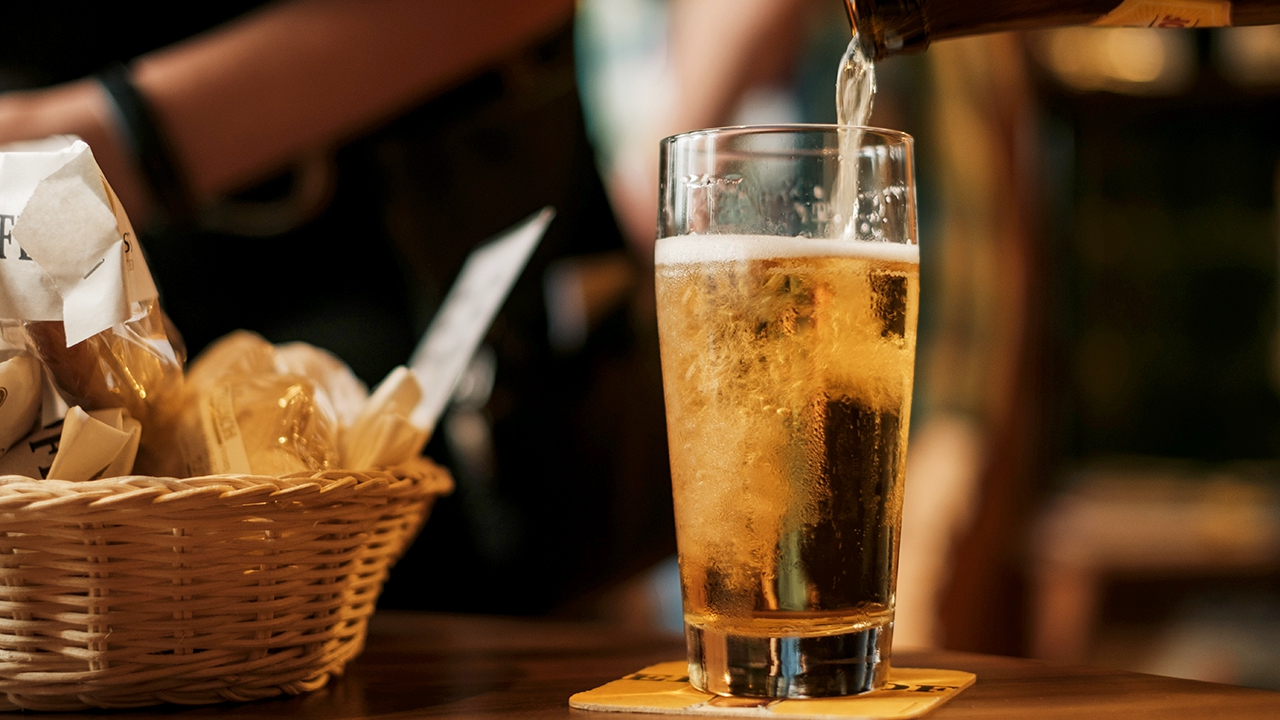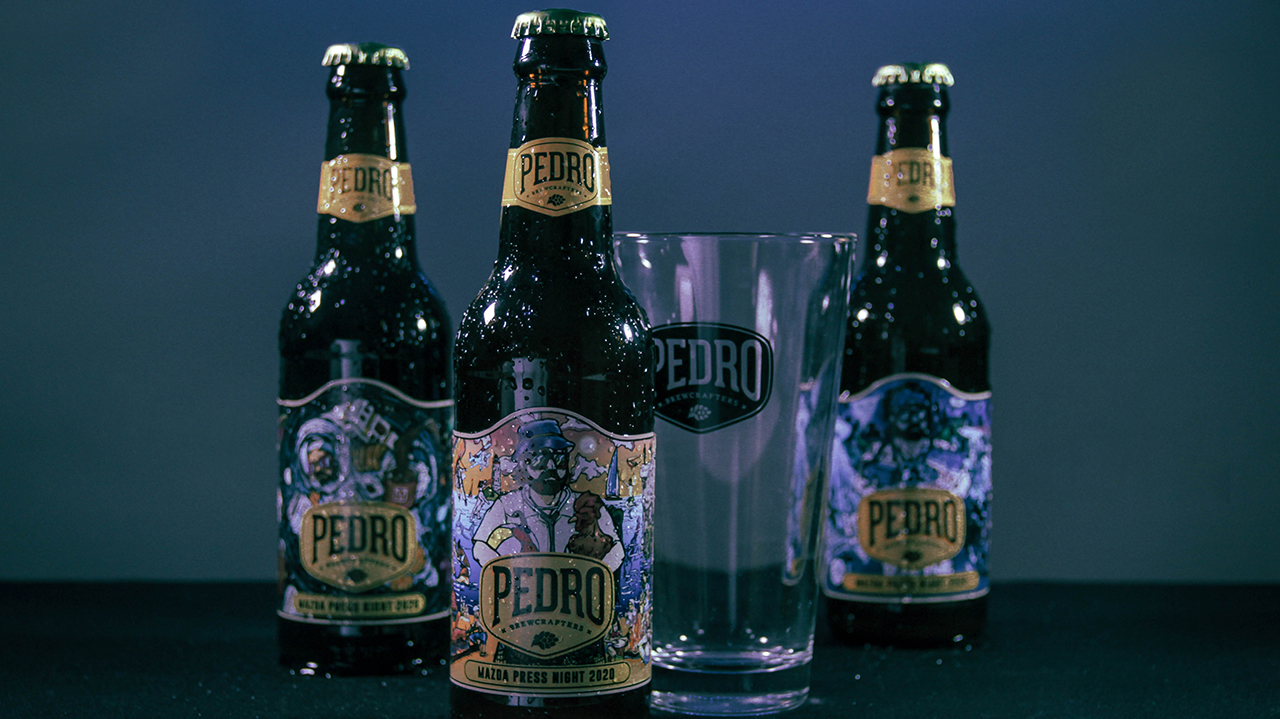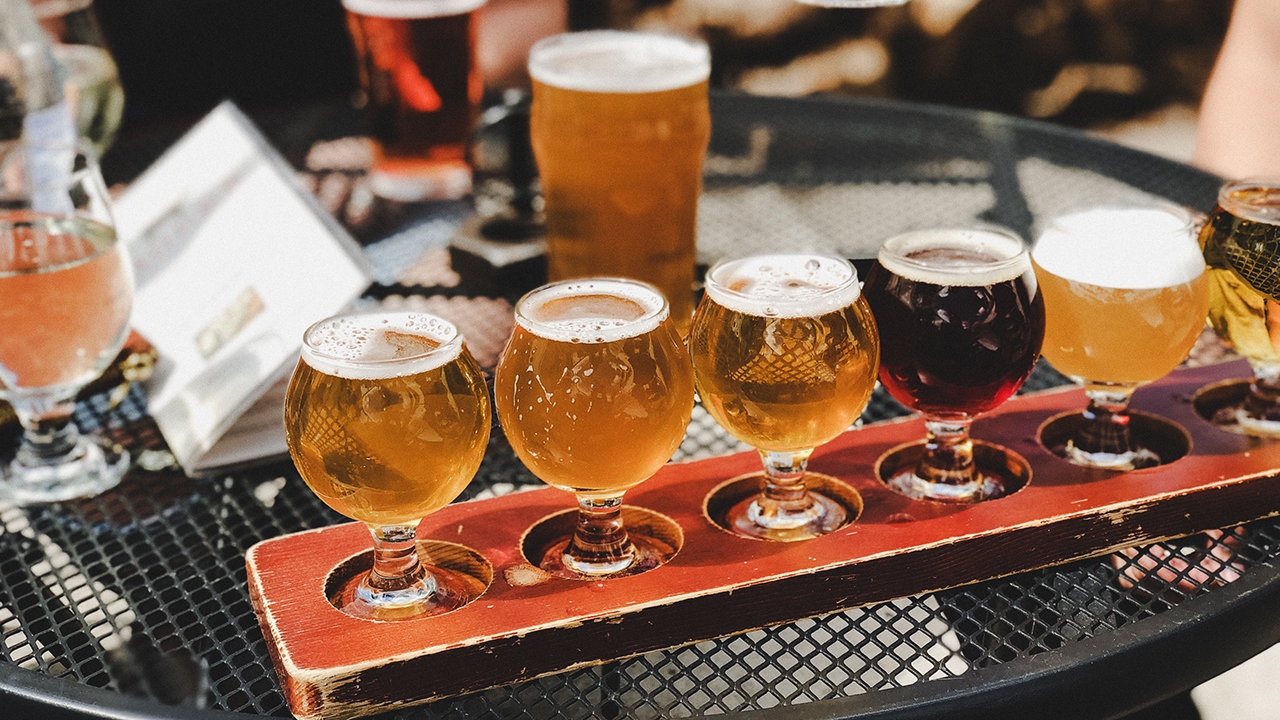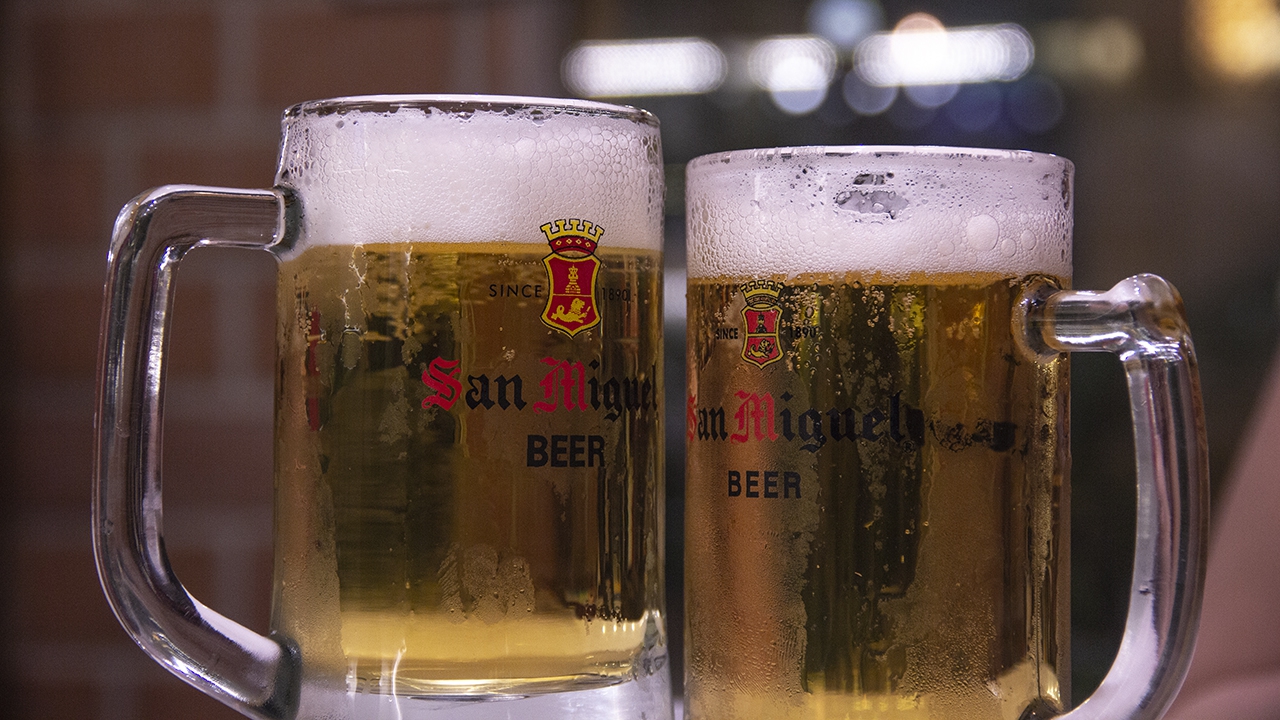While it’s true that you a large variety of beer to choose from, you can actually classify them in simpler categories. This way, you’re not easily overwhelmed by the different styles of beer, you’ll also be able to pinpoint which flavor suits you best or simply which style would go best with which food.
All about the yeast
Before we go into detail and differentiate one beer from the other, it’s important to know that only one ingredient is making all these variations possible — yeast.
Depending on the yeast and how it’s fermented dictates what kind of beer it will produce. If it’s brewed at low temperature, you get lager. Brew it in high temperature and ale is produced.
This presents us with the two main classifications of beer.
Lager vs ale

Every style, every flavor of beer you’ve seen falls under these two categories. Beer is either lager or ale.
Lager beer is more consistent when compared to ale. Overall, it’s clean and crisp in nature unlike the more pronounced aroma and various flavors of ale.
Lager is a little malty but is generally not hard to drink. Think Budweiser and Coors for imported beer, while locally we have San Miguel Pale Pilsen and Red Horse Beer for those who want something with more taste. It is said to be best for new beer drinkers as they’re not too bitter with just the right alcohol content.

To make lager, a certain kind of yeast is brewed slowly at lower temperatures and fermentation happens at the bottom of the wort (the liquid mixture from brewing malted grain), while ale is achieved by brewing at higher temperatures with top-fermenting yeast.
In turn, what you get is ale that has a bolder taste. And between the two, there are a lot more variations of ale compared to lager so let’s get on that first.
Different types/styles of beer
IPA
One of the most common specialty beer is IPA or India Pale Ale. If you’re not too familiar with the name but have tried craft beer in the past, you’ve probably had IPA.
It’s characterized by its strong, hoppy flavor so if you’re not one to appreciate a beer that’s on the bitter side, IPA might not be for you. Although with that bitterness is a burst of flavor that some look for so it’s a pretty popular drink even in different countries.

As mentioned, it has strong flavors plus it’s usually infused with higher alcohol content. And although it has a strong hoppy characteristic, its overall taste can vary.
IPA from local-brewer Engkanto is very citrusy, while Exit Wounds IPA is more on the bitter side. Pedro Wandering Wonder IPA is somewhat in between with a bit of floral aftertaste if you’re into that.
Pale ale
Pale ale is basically like IPA but with fewer hops used so it’s not as bitter. It also has less alcohol content than IPAs which was the ‘right’ blend during the 18th century (before they had to put more hops to be able to preserve and ship it from England all the way to India, hence the name IPA).
It’s usually golden to amber in color and could be fruity or citrusy as well. Cebruery’s People Power Pale Ale is a good example with a hint of mint so it takes your mind away from the bitterness of the hops.

Mild ale
This ale can be pale or dark in color and might initially look like a strong beer. In fact, it’s the opposite. Mild ale is usually low in alcohol content and only with a slight hoppy (bitter) flavor.
It’s more for those times you just want to drink for the flavor than for the buzz.
Wheat beer
As its name suggests, there’s more wheat than usually involved in making wheat beer. The two main varieties are weissbier (or Weißbier) which is based on German tradition of mixing wheat to barley malt and witbier which is the Belgian tradition of using flavorings like orange peel for an extra citrus hint.
It usually has light color or cloudy and this is due to the wheat and yeast, respectively.
Palawan Wit from Puerto Princesa is a good example of this since it mainly gets its character from wheat and oats. If you feel like going imported, there’s Paulaner Hefeweizen which is my go-to for German beer.
Belgian
Obviously from Belgium and its rich beer culture, Belgian beer has its own styles like blonde ale, dark ale, and even sour ale. It usually has high alcohol content but with low bitterness, so you might suddenly feel its kick after a few rounds.
This is especially true for Delirium Tremens — a personal favorite of me and my wife if we’re talking about Belgian beer. Having it, I only need two bottles and I’m already extra happy for the night.
Leffe is also a great blonde ale and takes second place to Delirium.

Porter
Originating in London in the 18th century, porter usually has dark color due to the use of roasted malts. It commonly has a chocolatey flavor as well and is a bit sweet like liquorice.
Homegrown brewer, Illusion, came out with Dark Hat which has that nice roasted flavor but with a touch of hops.
Stout
Stout is similar to porter beer in a sense that it’s dark beer with most of its flavor depending on where they come from. Commonly, Ireland and England have stouts that lean closer on the sweet side and has low bitterness
Like porter, it also has that roasted hint but this has more creamy notes and is relatively easier to drink.
Perfect Pint’s Black Mamba has deep chocolatey notes but with sweet flavor, if you want to try stout on your next beer adventure.
Pilsner

So far, every style of beer we discussed came from the ale family. Pilsner, on the other hand, is a pale lager and also possesses a floral scent. It tastes a bit different than lager with its cleaner, more traditional approach.
Again, think about our own Pale Pilsen from San Miguel which is a German pilsner-style beer.
Your type of beer
There are still other styles of beer out there but we’ve covered the most common ones that you’ll see in your local watering hole.
From the list above, what do you think will best suit your taste? Is it the clean, crisp taste of lager? The powerful and more pronounced flavor of IPAs? Or the coffee-like and chocolatey notes of porter and stout beer?
You can also use this guide to discover a beer that you still haven’t tried. Who knows, it might just be your next favorite beer!
As with everything, consume moderately and responsibly. Cheers!









